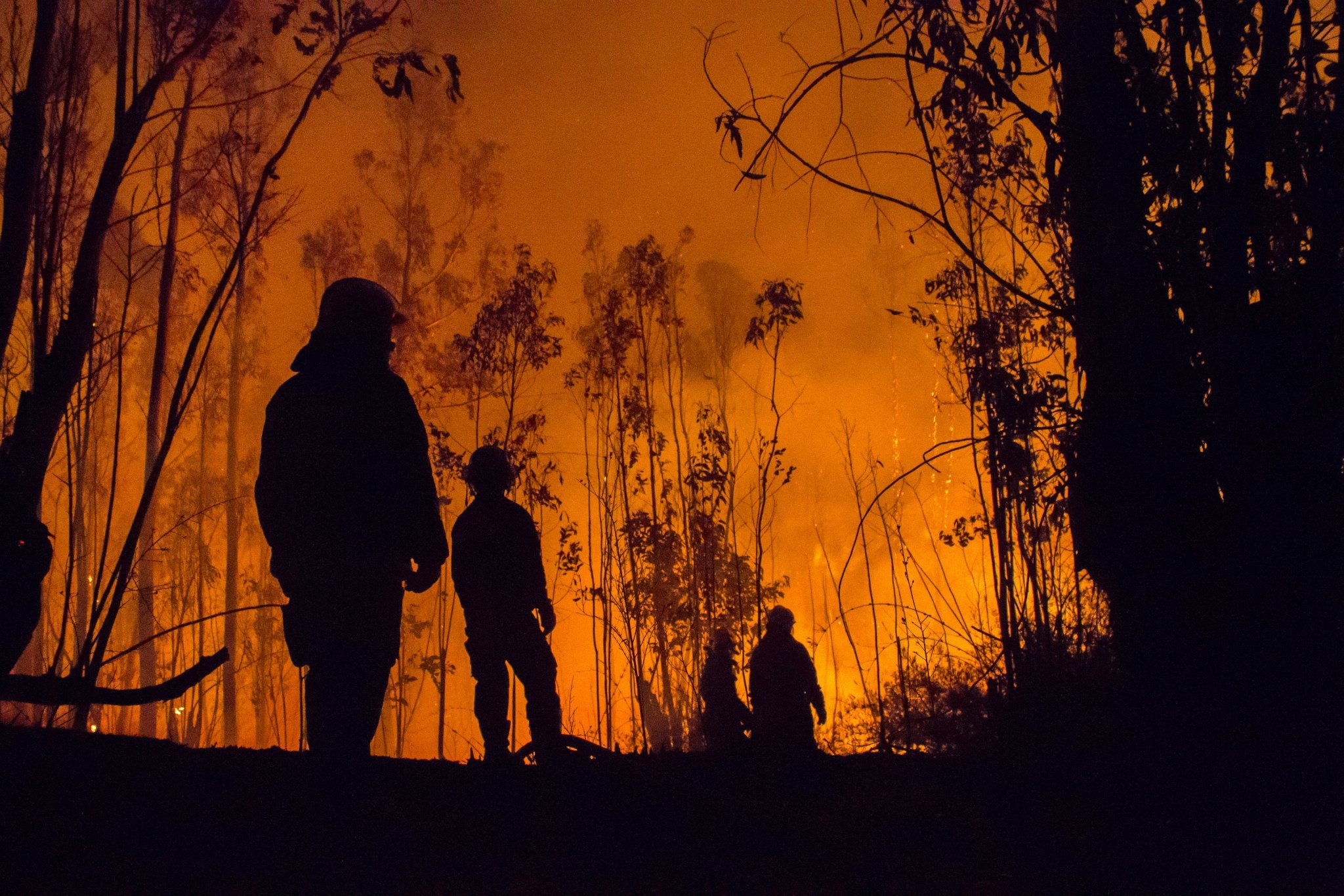
You don’t need to be beachside or on a rural property to be concerned about predictions for this bushfire season. Trees and flammable native shrubs surround many homes in cities and regional centres.
While the bushfire risk is dramatically reduced in the cities, situations can run out of control in the suburbs.
If your home is in a beautiful area of trees and native plants, you need to take a moment and consider your emergency fire plan.
These are some key actions you should take based on the recommendations of various fire authorities and country fire associations.
What’s a bushfire really like?
Terrifying is the only way to describe it. The fire sucks up oxygen, creating strong gusty wind. Smoke chokes you and gets in your eyes. You’ll tire in the intense heat. And embers will likely start spot fires all around you. Which is to suggest: put yourself and your family first and get out.
Fears and concerns
Leave early even if you doubt the intensity of the approaching fire. Don’t take chances.
Preparation key for your home
Preparing your home to survive a bushfire will enable you to leave early and help firefighters defend property. Cleaning gutters with the blaze a few kilometres down the road is not what anyone would call being prepared. Put these suggestions in place right now:
- Use the My Fires app to keep updated on advancing fire fronts.
- Plan your exit route alternatives with household members so you can leave quickly.
- Install metal gutter guards.
- Cut back trees and shrubs overhanging buildings.
- Check and maintain adequate levels of home and contents insurance. Ensure it is up to date.
- Attach a fire sprinkler system to gutters.
- Repair or cover gaps in external walls
- Repair damaged or missing roof tiles
- Install fine metal mesh screens on windows and doors
When a fire is coming
If you fear a bushfire is possible due to local warnings and climatic conditions, take the following actions at least a week ahead of time to help protect your home and those around you.
- Do a final clearing of leaves and twigs from gutters.
- Fit seals around doors and windows to eliminate gaps.
- Enclose the areas under the house.
- Mow your lawn short and clean up any fallen leaves, twigs or debris.
- Have hoses long enough to reach around the house.
- If you have a pool, tank or dam, put a Static Water Supply (SWS) sign on your gate so firefighters know where to get water.
- Leave nothing to the last moment.
